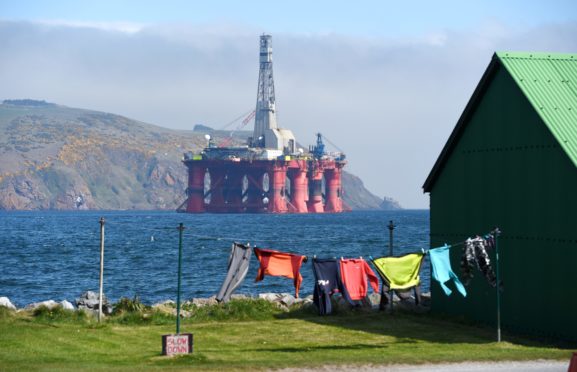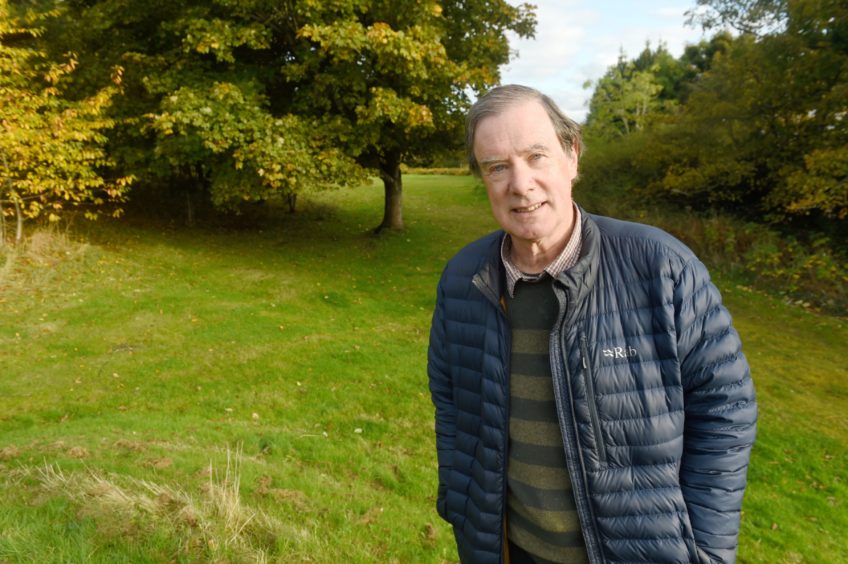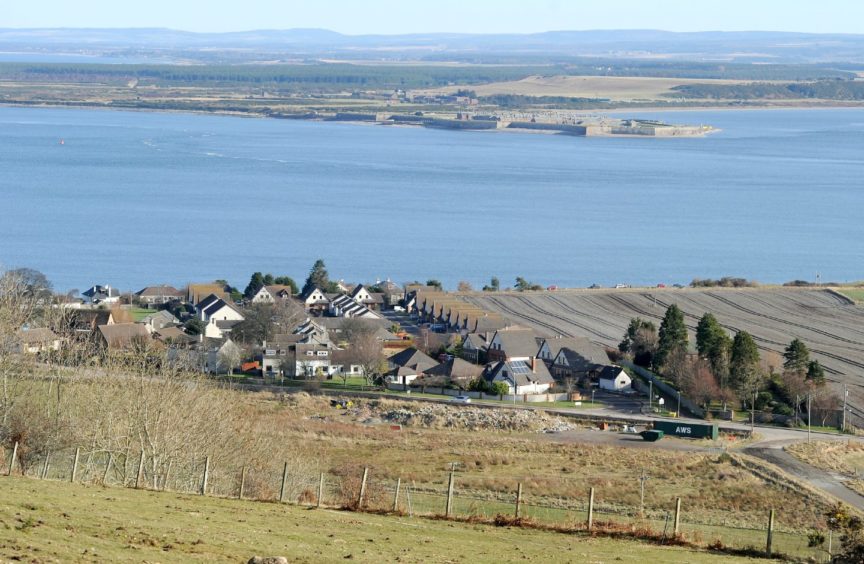The first meeting of the brand new Black Isle committee took place today, and members took the opportunity to draw a line in the sand.
The Black Isle now has its own area committee, after Dingwall and Seaforth members broke away.
In a successful motion to Highland Council in May, Dingwall and Seaforth argued for more focused decision-making for their area, calling it “true localism”.
The new Black Isle committee has just three members, but local councillors and the wider community are keen to do things differently.
Self-reliant Black Isle
The headline item of today’s agenda was a presentation from Jon Palmer, chairman of the Black Isle Partnership.
Mr Palmer delivered a detailed presentation on the work of the partnership to date – including the community response to the pandemic and a strategy to create a “self-reliant” Black Isle.
He highlighted the pivotal role played by community groups throughout the Covid pandemic.
This included the delivery of food and meals, community larders and sharing sheds, and back-to-school grants.
These were delivered by local voluntary groups co-ordinated by the partnership.
“Our role is to facilitate, enable and empower our colleagues and neighbours,” said Mr Palmer.
“This is not about the Black Isle Partnership – it’s about working together. That’s why we adopted the strapline ‘fostering local collaboration.'”
Councillors stuck in the middle?
Mr Palmer challenged elected members to use the new committee to reboot the relationship between volunteers and Highland Council.
He suggested that councillors “sit in the middle” between the community and council officers.
However, he said that communication from the council is sometimes poor – especially relating to planning applications.
“We now have an opportunity to push this further and rebalance the relationship,” he said. “Huge thanks has to go to all those volunteers who helped get us through the pandemic.
“If you calculate the volume of hours it’s worth hundreds of thousands of pounds. Just because they’re volunteers, that shouldn’t diminish the value of their contribution.”
Volunteer fatigue is a major problem
Councillor Gordon Adam thanked Mr Palmer for the presentation, hailing it a “call to action.”
He stressed that elected members have a deeper insight into the challenges faced by officers of the Council and make their comments in that context.
But he acknowledged that in some areas – particularly tourism – the pace of progress has been frustratingly slow.
“There’s understanding and shared appreciation from all three of us of the huge contribution the voluntary sector has made,” he said.
“Volunteer fatigue is a major problem. We’re looking at how we could fund a paid officer to take the pressure off. That’s in the pipeline.”
There’s a lot to do
Fellow Black Isle councillors Craig Fraser and Jennifer Barclay both also paid tribute to the efforts and skills of local volunteers.
After having struggled to connect to the Teams meeting in the morning, Mr Fraser highlighted poor broadband connections and the possibility of operating a community internet service provider.
He also spoke about opportunities in marine environmental tourism, as well as challenges with land ownership and the need for more adaptive housing.
These issues and many more were captured as part of the Black Isle Partnership’s survey, which will inform its strategy to build a more sustainable community.
Their vision arrives at an interesting time. The community response to the pandemic shone a light on what ‘localism’ really looks like across Highland.
Will smaller area committees be more nimble and responsive to their communities? Or will their voices be lost in a council the size of Belgium?
The Black Isle is soon to find out.


